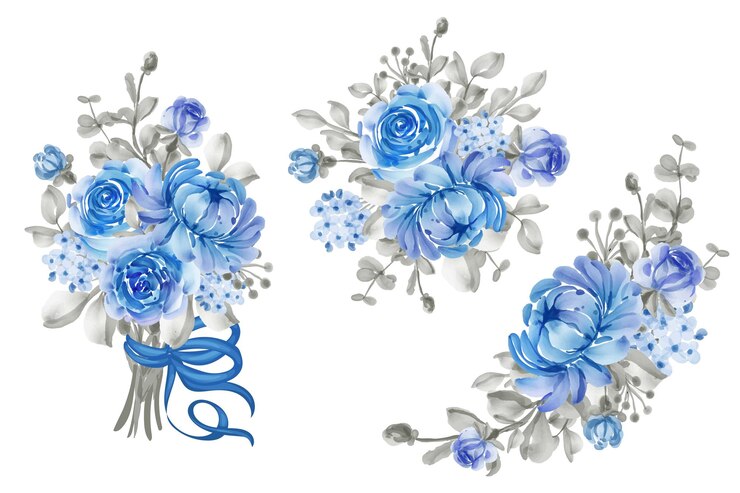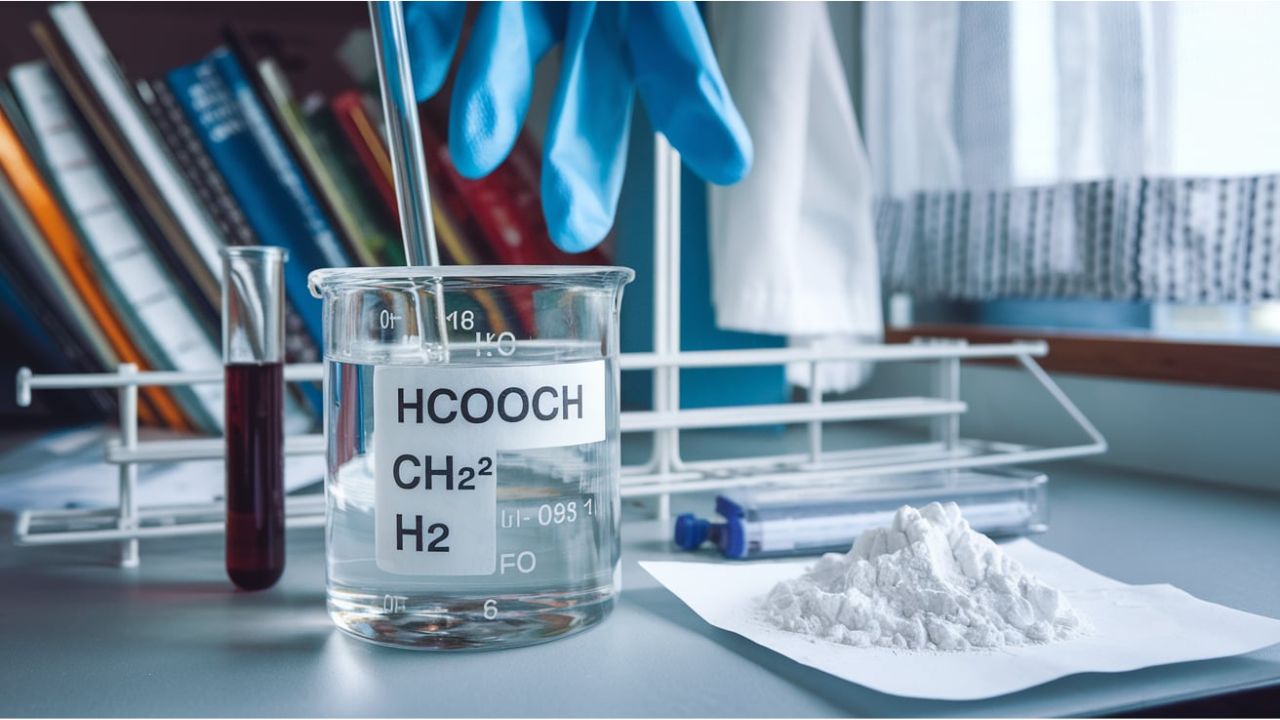Roses have long been a symbol of love, beauty, and mystery, with each color carrying its own deep meaning. But among all the hues, the blue rose stands out—not just for its rarity but because, in nature, it does not exist. The blue rose has captivated imaginations for centuries, representing the unattainable, the mysterious, and the impossible. But what is the story behind these enigmatic flowers, and how have we come closer to achieving their creation?
Why Blue Roses Don’t Exist Naturally
Roses come in many vibrant colors—red, white, yellow, pink—but a true blue rose has never been found in nature. This absence is due to the genetic structure of roses, which lack the specific gene required to produce delphinidin, the pigment responsible for blue hues in other flowers, like violets and pansies.
For years, horticulturists have tried to breed blue roses by crossbreeding or creating hybrids, but these attempts typically resulted in lavender or purplish roses, falling short of a true blue. The quest for a blue rose has thus become a symbol of humankind’s desire to achieve the impossible.
Symbolism of Blue Roses
The symbolism of blue roses is unique and deep. Since they don’t occur naturally, they represent the unattainable or the mysterious. They are often associated with feelings of wonder, hope, and the quest for the impossible. In literature and art, blue roses are symbols of desire for something that is beyond reach—an object of fascination, like a dream that can never quite be realized.
Here are a few common interpretations of blue roses:
- Mystery: The rarity of blue roses makes them synonymous with mystery and intrigue. They often symbolize things that are not fully understood or are concealed.
- The Impossible: As they do not occur naturally, blue roses can represent something or someone that seems out of reach, often symbolizing unattainable love or dreams.
- Hope and New Beginnings: Despite their elusive nature, blue roses also convey hope and the belief in miracles. They remind us to keep striving for the extraordinary, even when it seems beyond our grasp.
The Quest for a Blue Rose: Genetic Engineering Breakthroughs
In the past, florists would dye white roses to achieve a blue hue, but these roses were never truly blue and often had an artificial appearance. However, advances in genetic engineering have brought us closer to creating a natural blue rose.
In 2004, a Japanese company called Suntory succeeded in genetically modifying a rose to express the blue pigment delphinidin. By inserting genes from the blue pansy into roses, they were able to create a flower that was closer to blue than anything previously achieved. The result was called “Applause,” a lavender-blue rose that, while not a true vibrant blue, represented a major milestone in flower engineering.
This development brought excitement to the scientific and horticultural communities, as it marked significant progress toward achieving the long-sought goal of a natural blue rose. However, challenges remain in creating a rose with a pure blue color, as the current hybrids still have hints of violet or lavender.
Blue Roses in Popular Culture
The allure of blue roses has made them a recurring theme in art, literature, and cinema. They often appear in works that explore themes of mystery, longing, or the supernatural. In David Lynch’s surreal television series Twin Peaks, the “blue rose” is used as a symbol of mystery and otherworldliness, underscoring the elusive nature of truth and understanding in the show’s narrative.
Similarly, blue roses have appeared in numerous books and poems, representing unreachable ideals or forbidden love. Their impossibility gives them an ethereal quality that resonates with themes of fantasy, magic, and dreams.
The Future of Blue Roses
As science continues to make advances in genetic modification, the creation of a true blue rose might one day be possible. The development of blue flowers in species like petunias, pansies, and tulips offers hope that roses may follow suit. Researchers are working on further manipulating the genetic pathways involved in pigment production to achieve deeper blues, but the complexity of plant genetics makes this a slow and intricate process.
For now, blue roses remain a rare and symbolic curiosity, a testament to both the limitations of nature and the boundless potential of human ingenuity.
How to Care for Blue Roses (Real or Dyed)
Whether you’re handling genetically engineered blue roses or artificially dyed ones, the care guidelines remain similar to traditional roses:
- Watering: Keep the soil moist but well-drained. Avoid overwatering, as it can lead to root rot.
- Sunlight: Roses thrive in bright sunlight, requiring at least 6 hours of sun daily.
- Fertilizer: Use rose-specific fertilizers during the growing season to encourage healthy blooms.
- Pruning: Regular pruning helps maintain plant health and encourages more blooms.
In conclusion, blue roses continue to symbolize the unattainable and mysterious, captivating our imaginations with their elusive beauty. Whether admired for their symbolism or as a result of groundbreaking genetic science, they remind us of the human desire to push the boundaries of what is possible.











